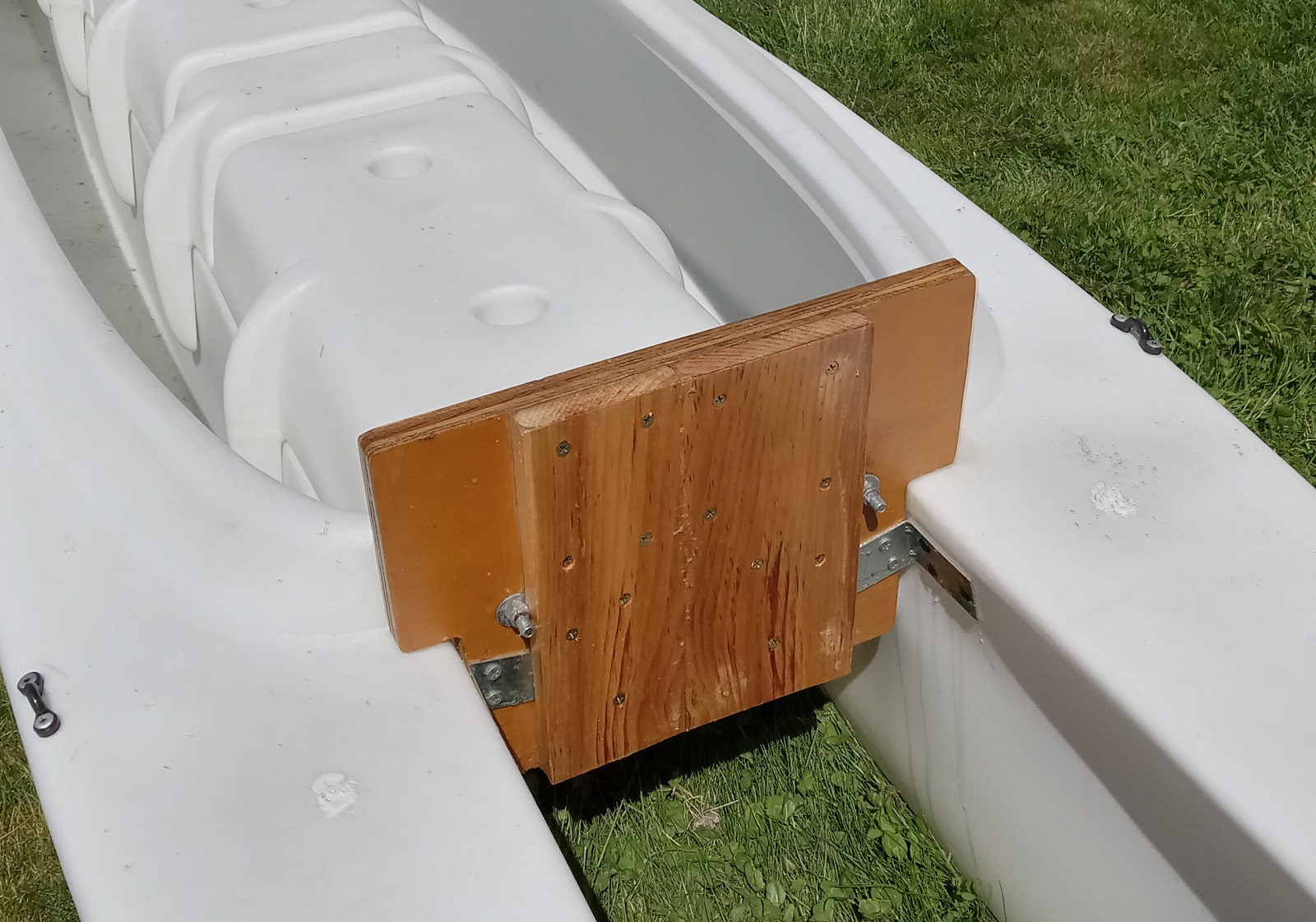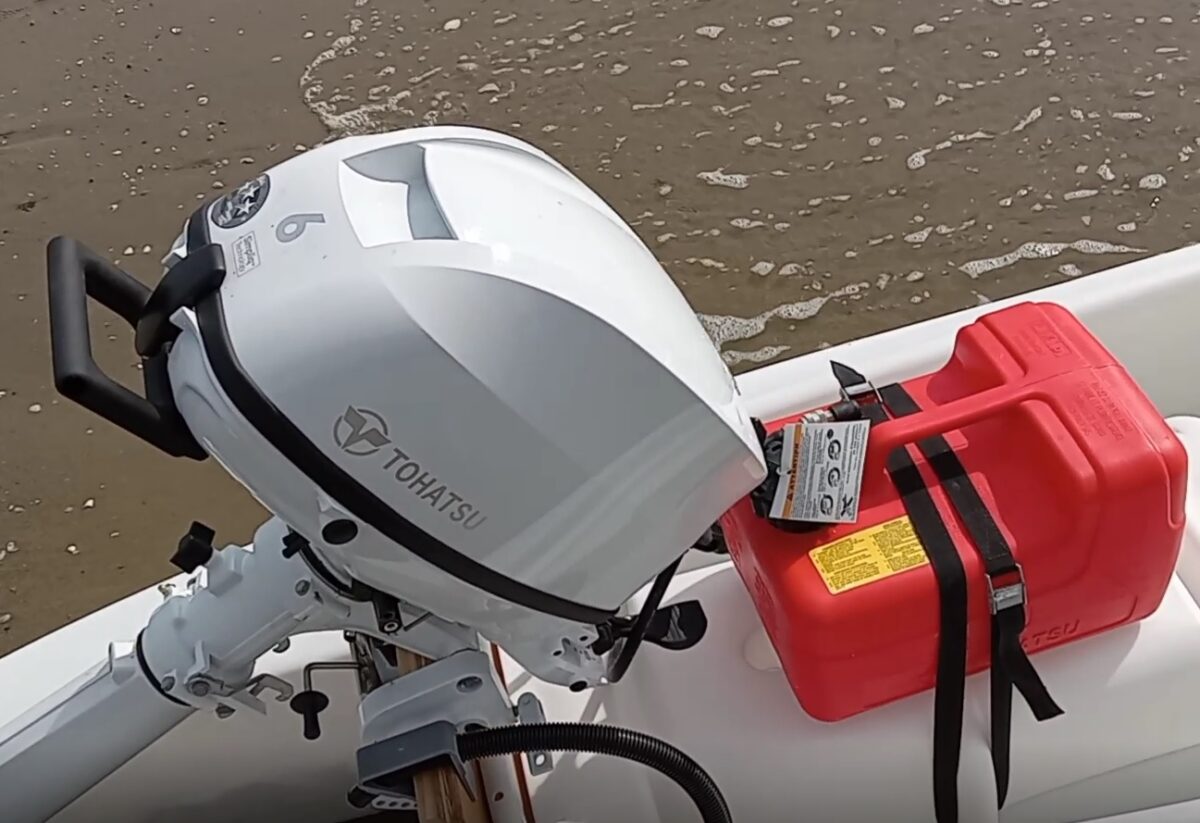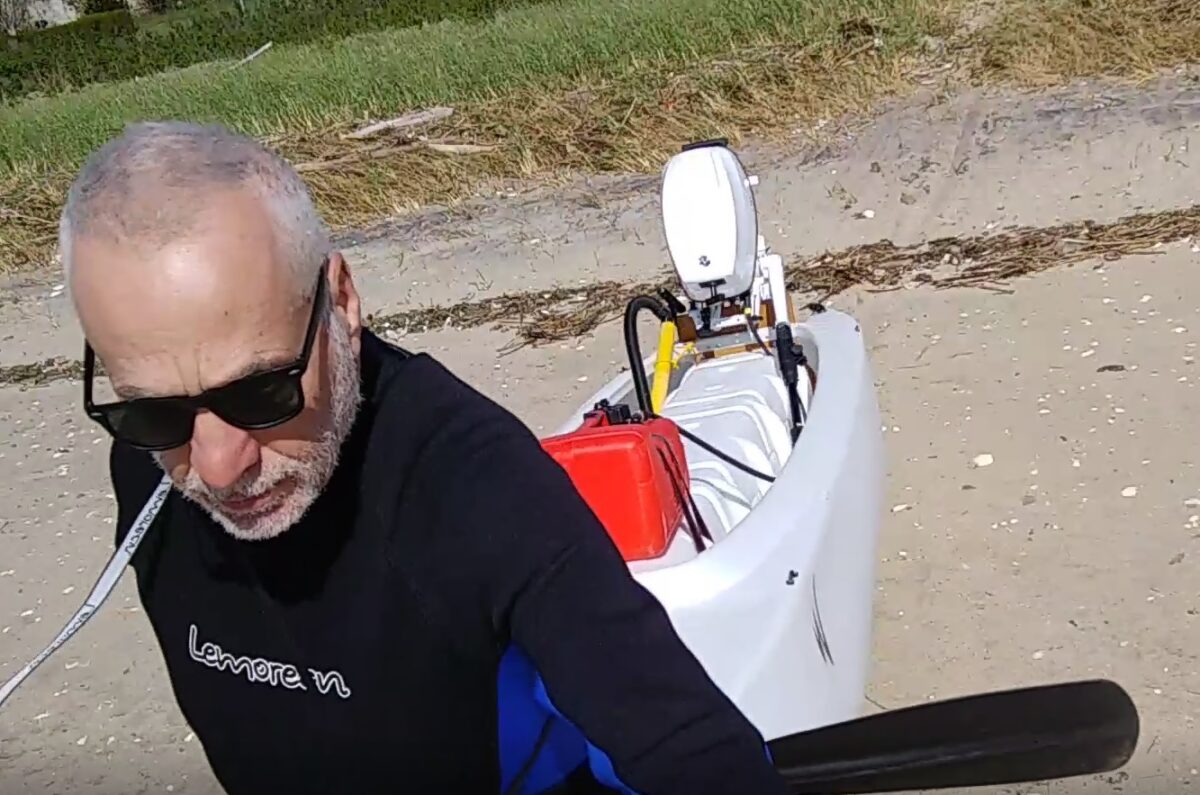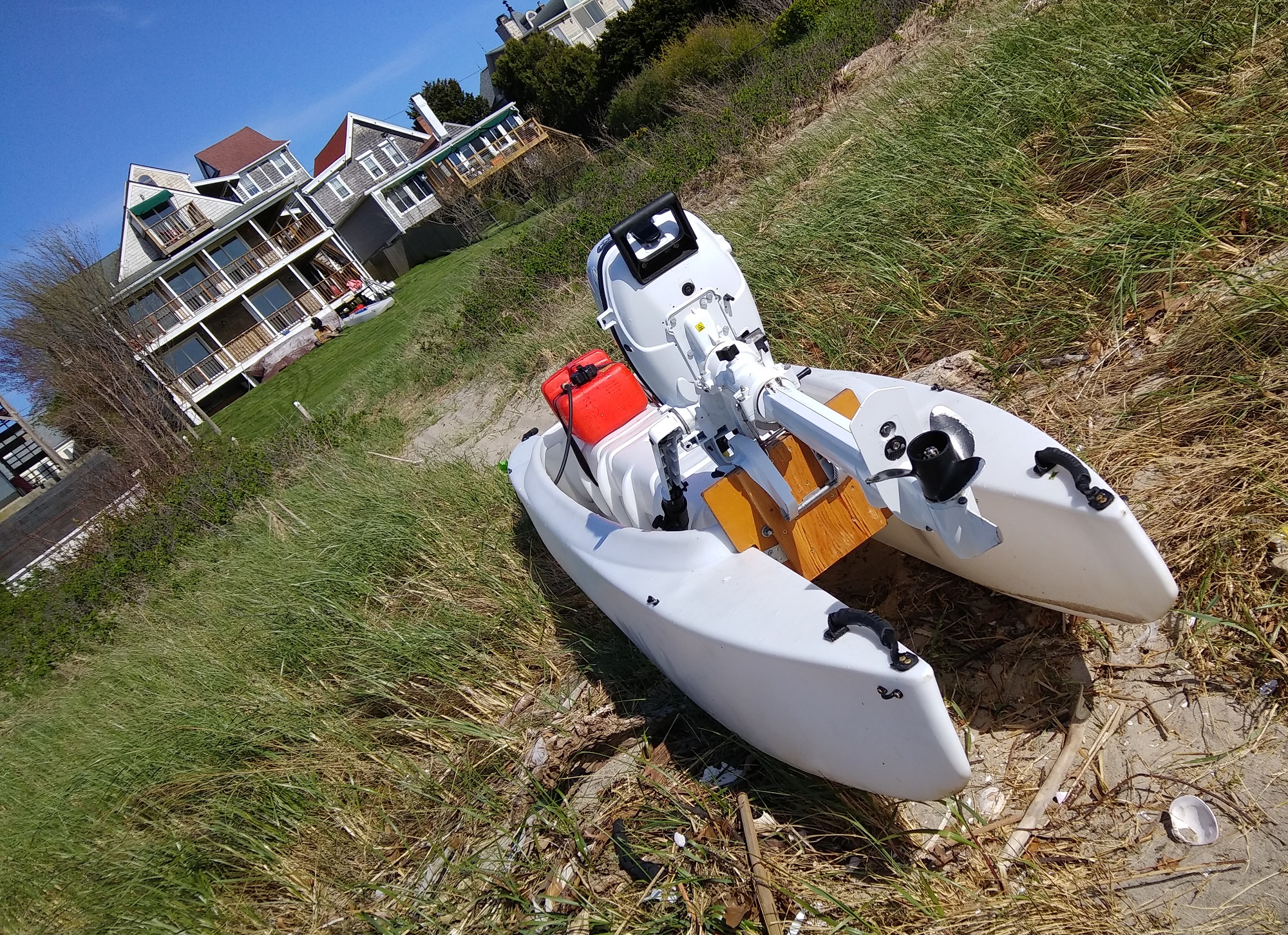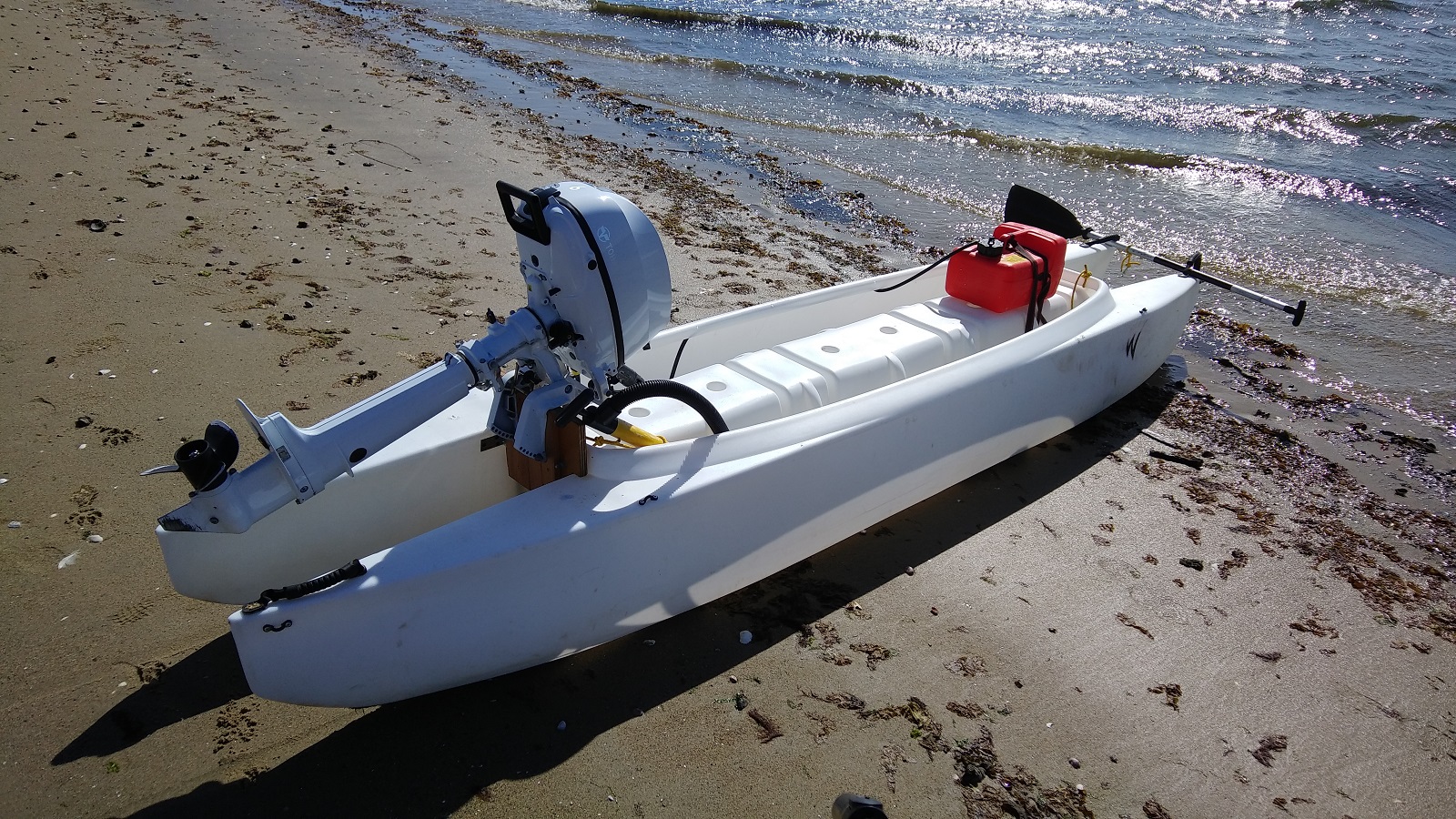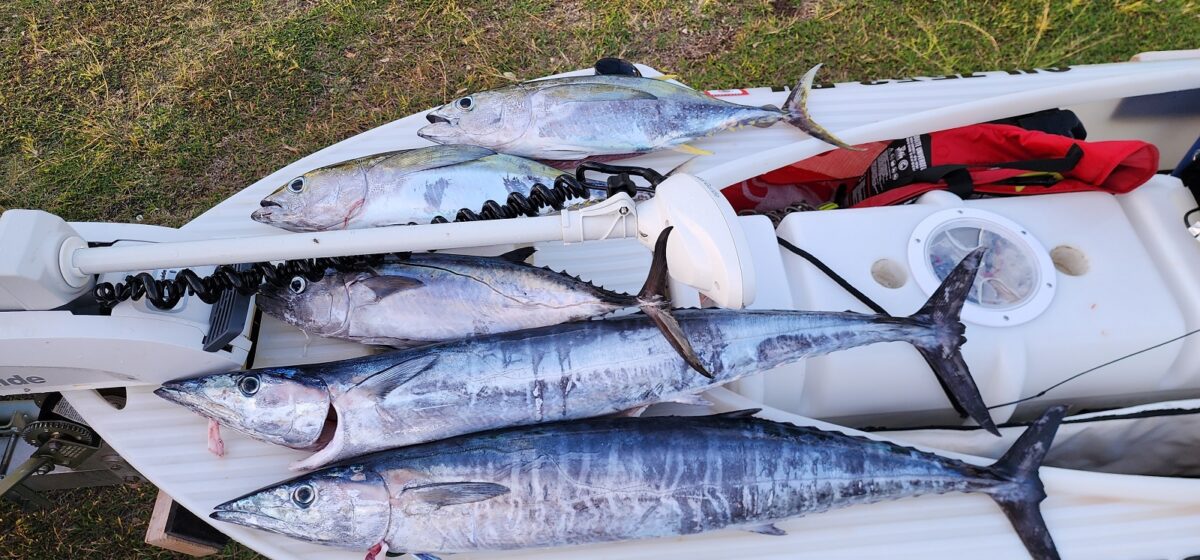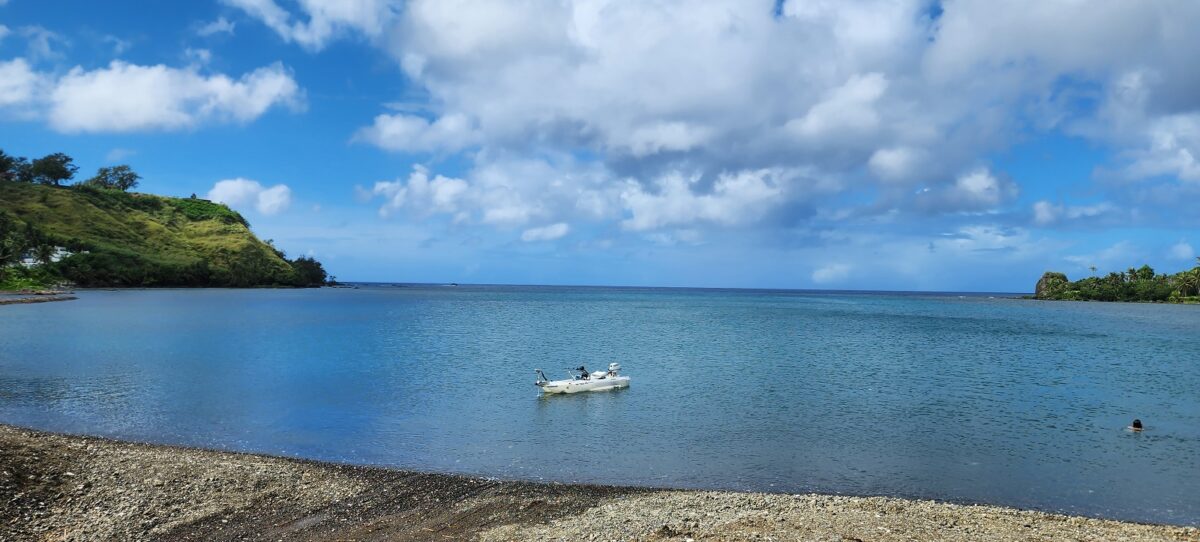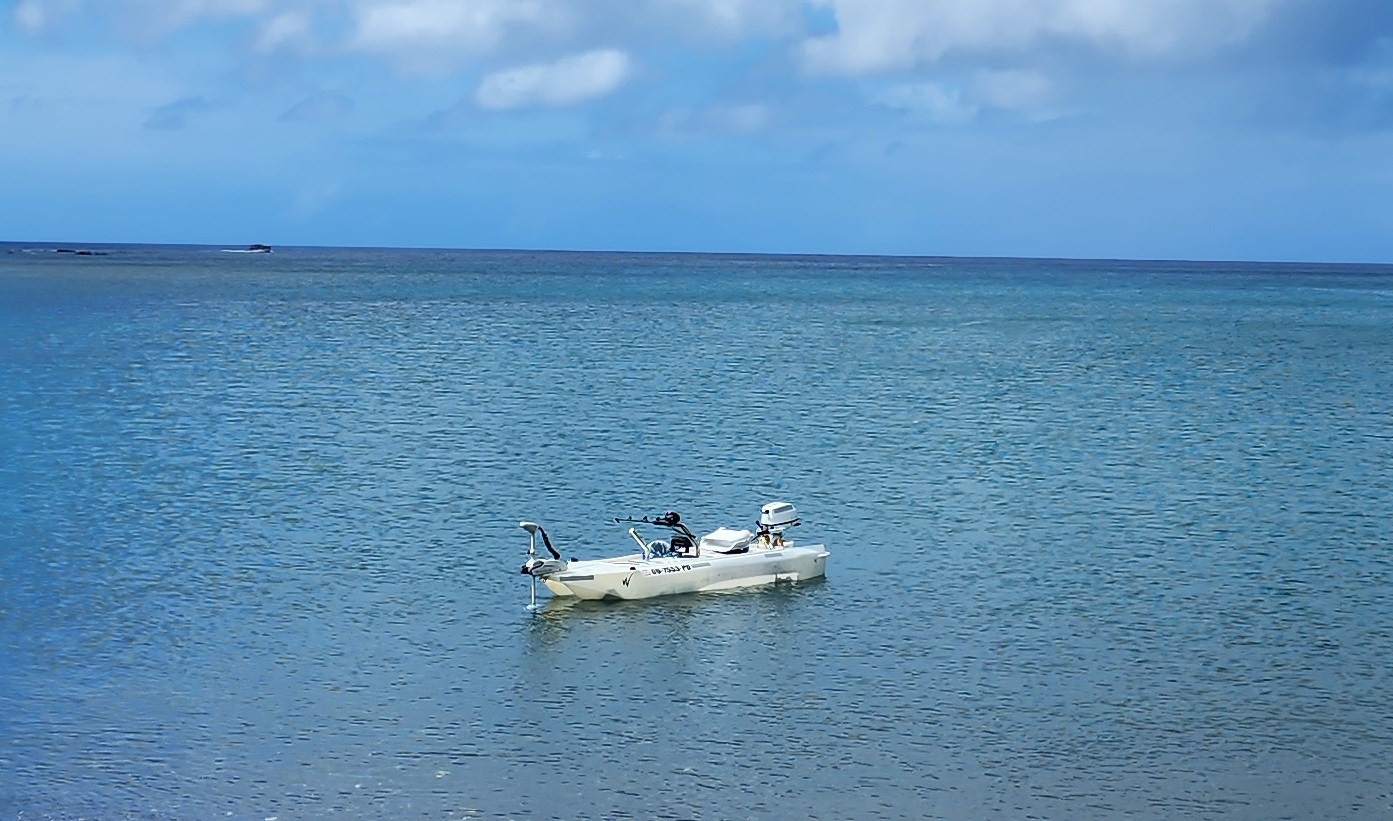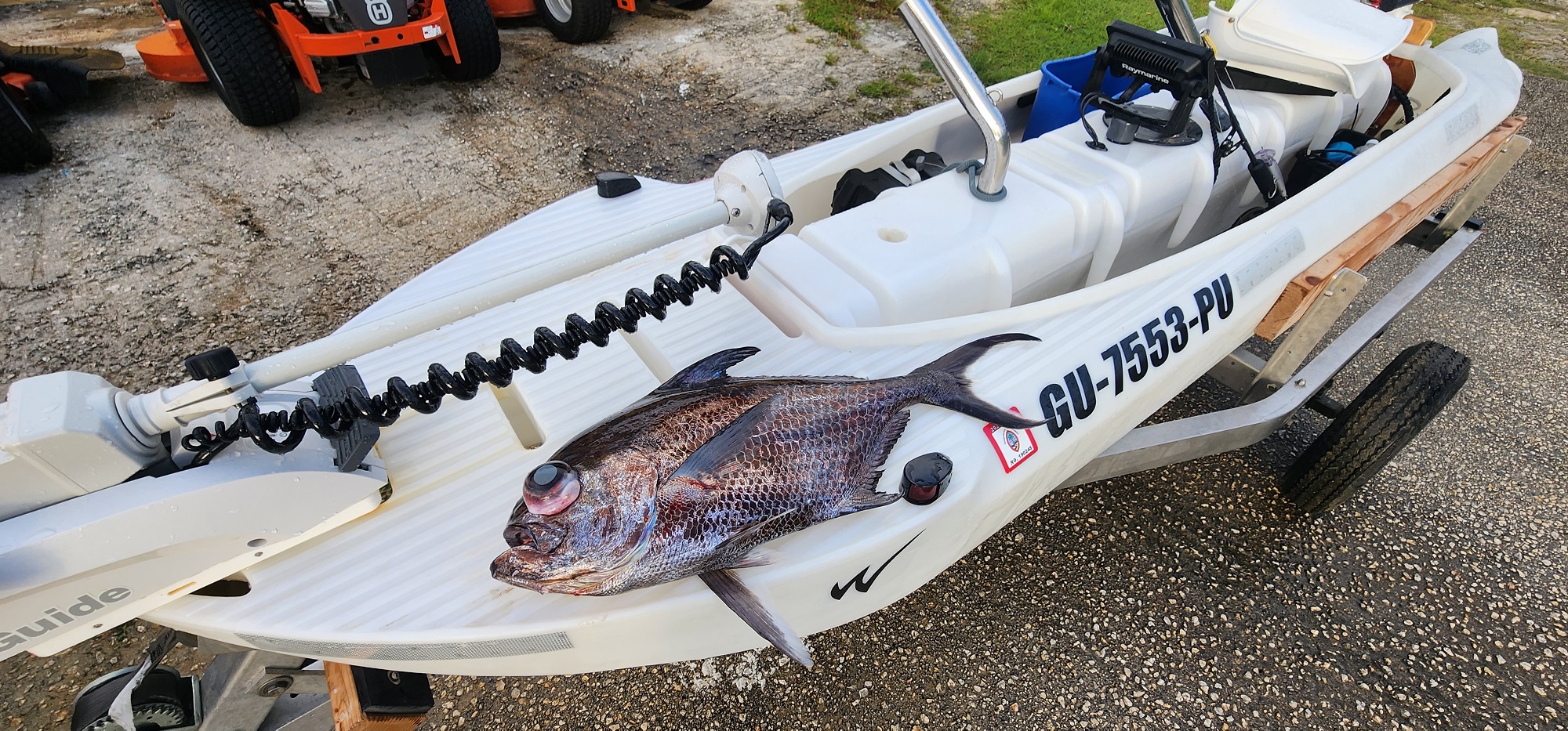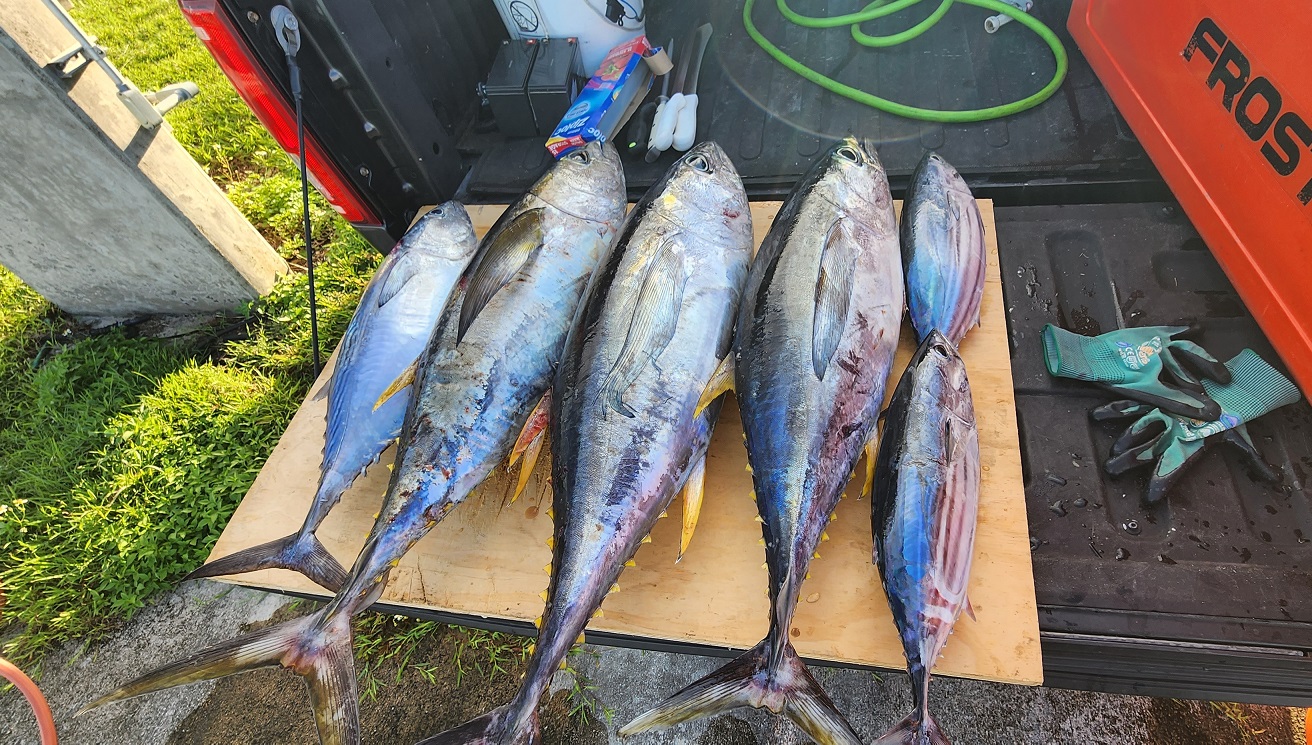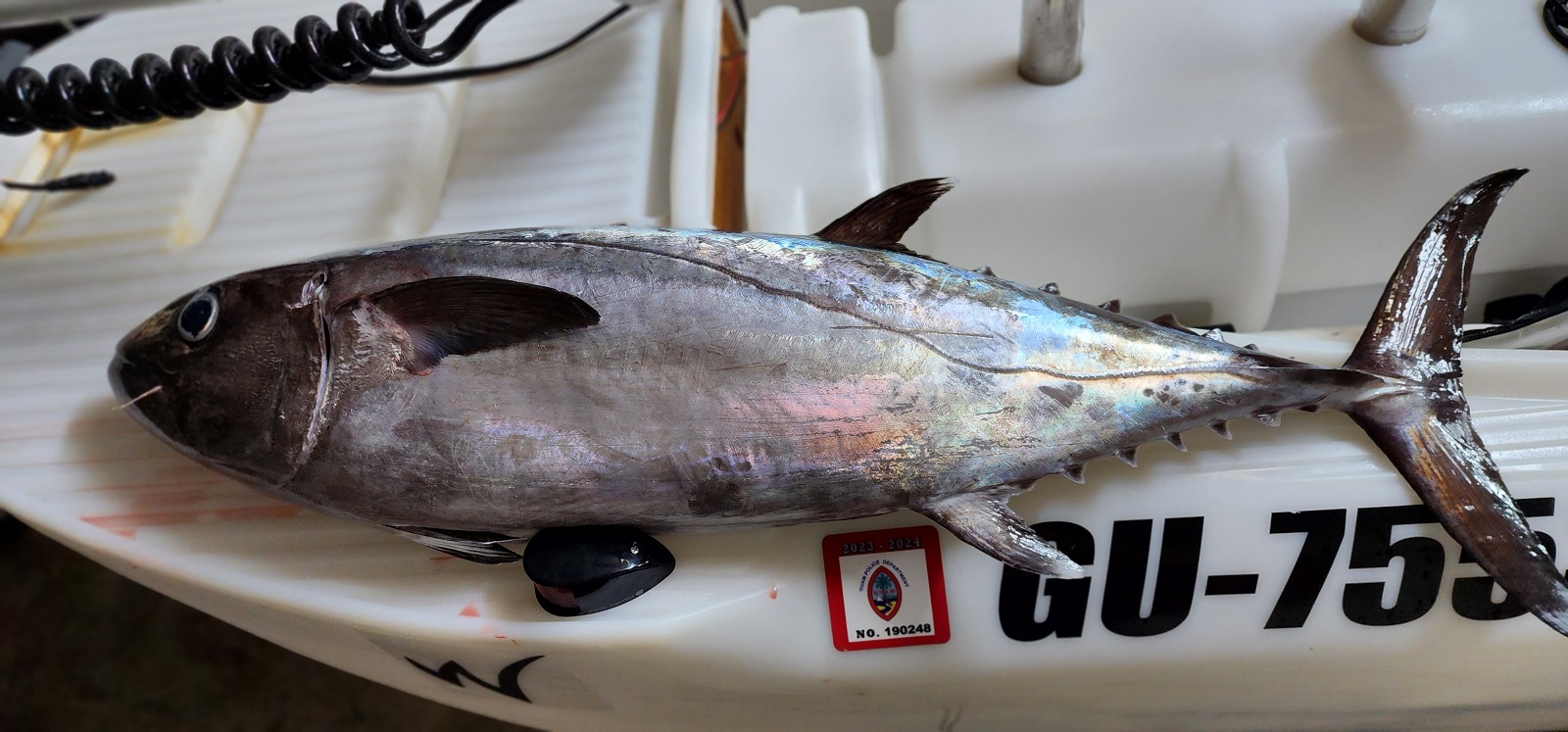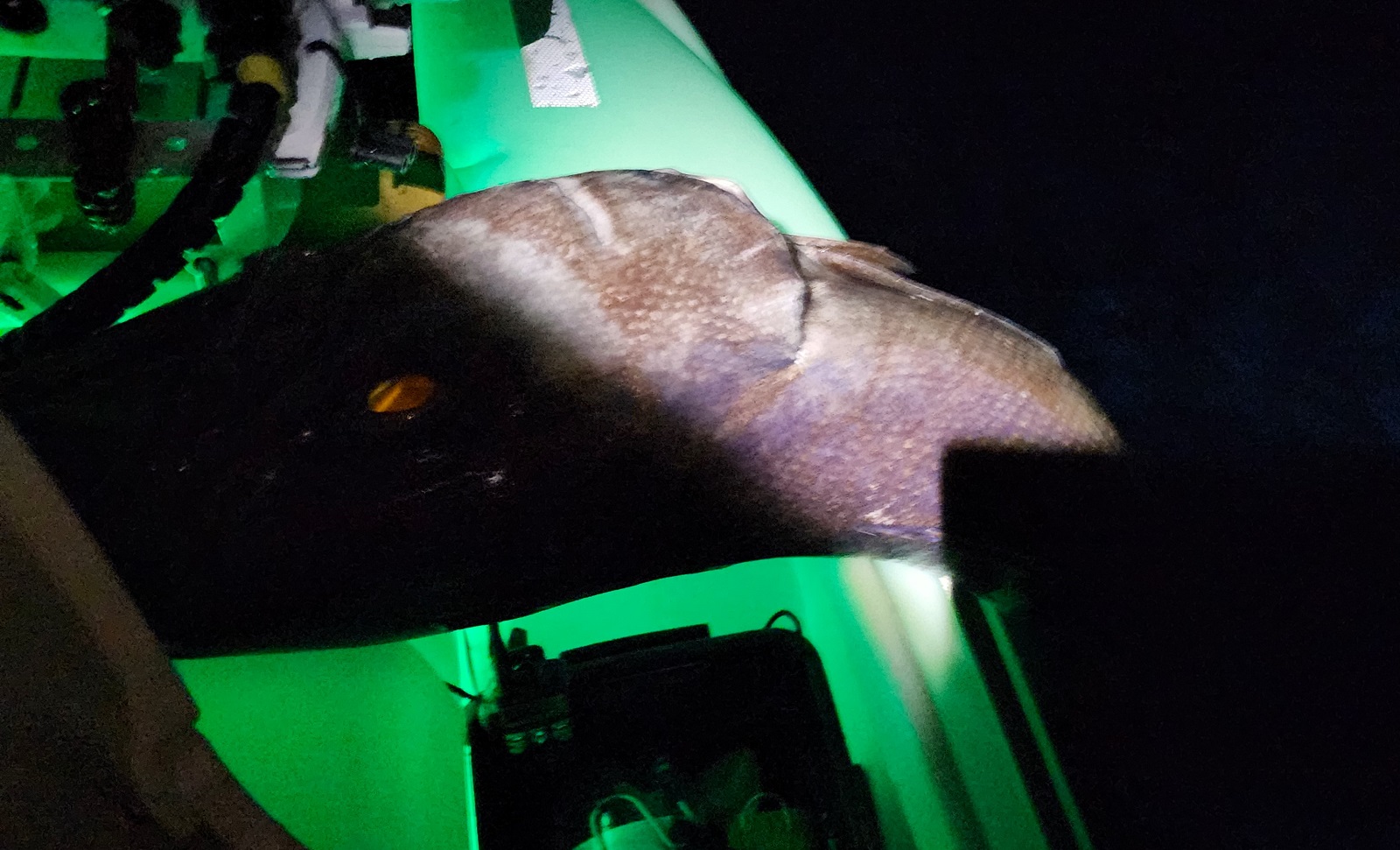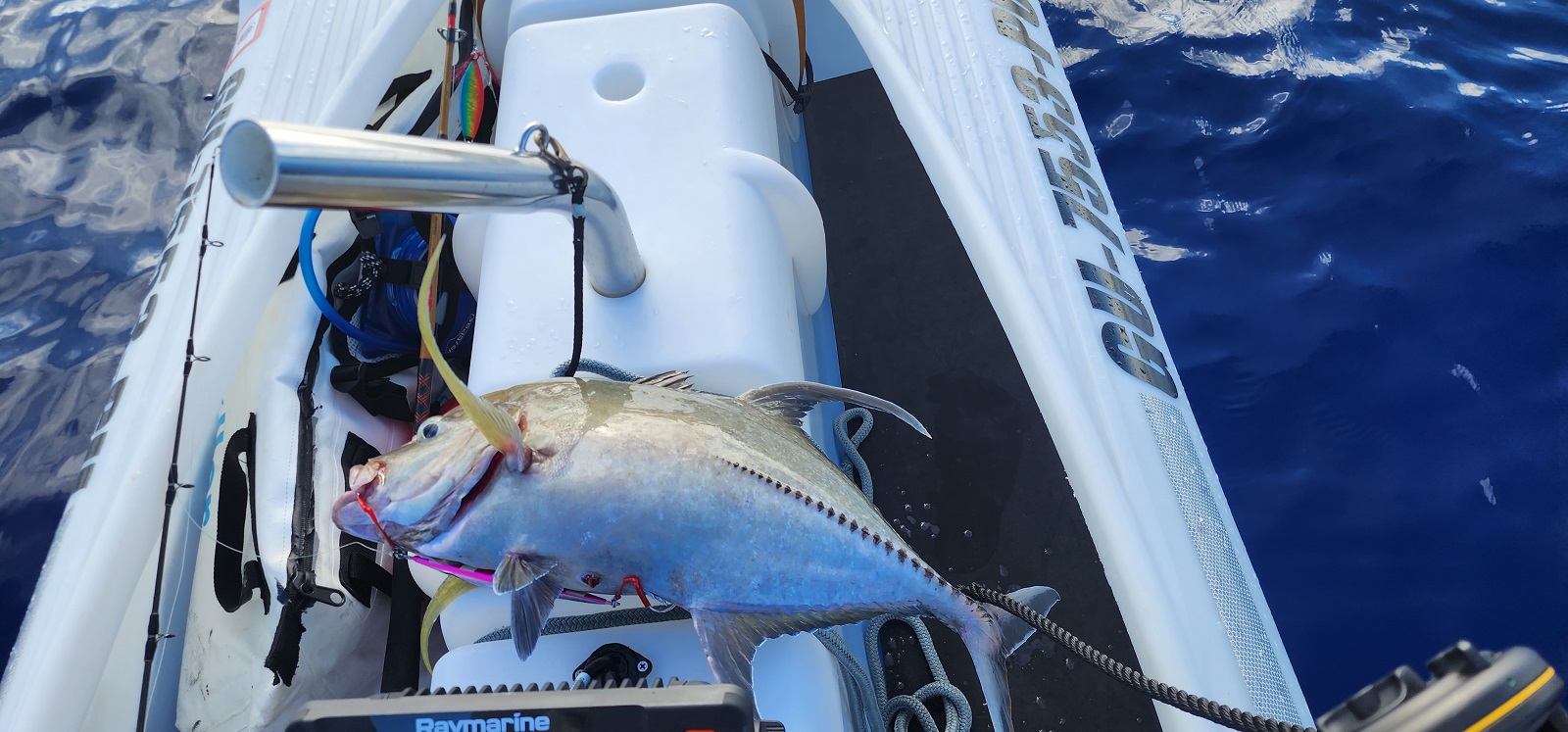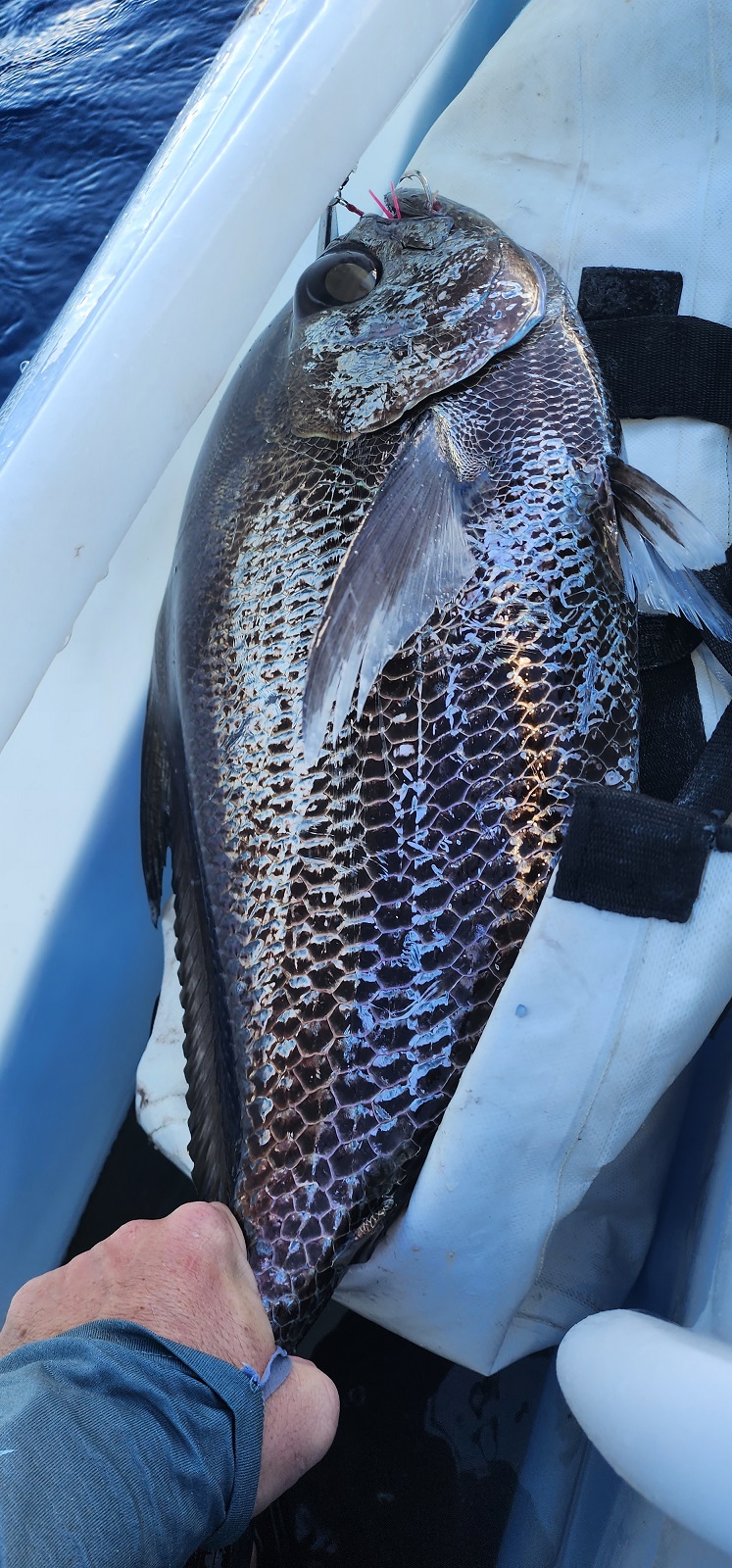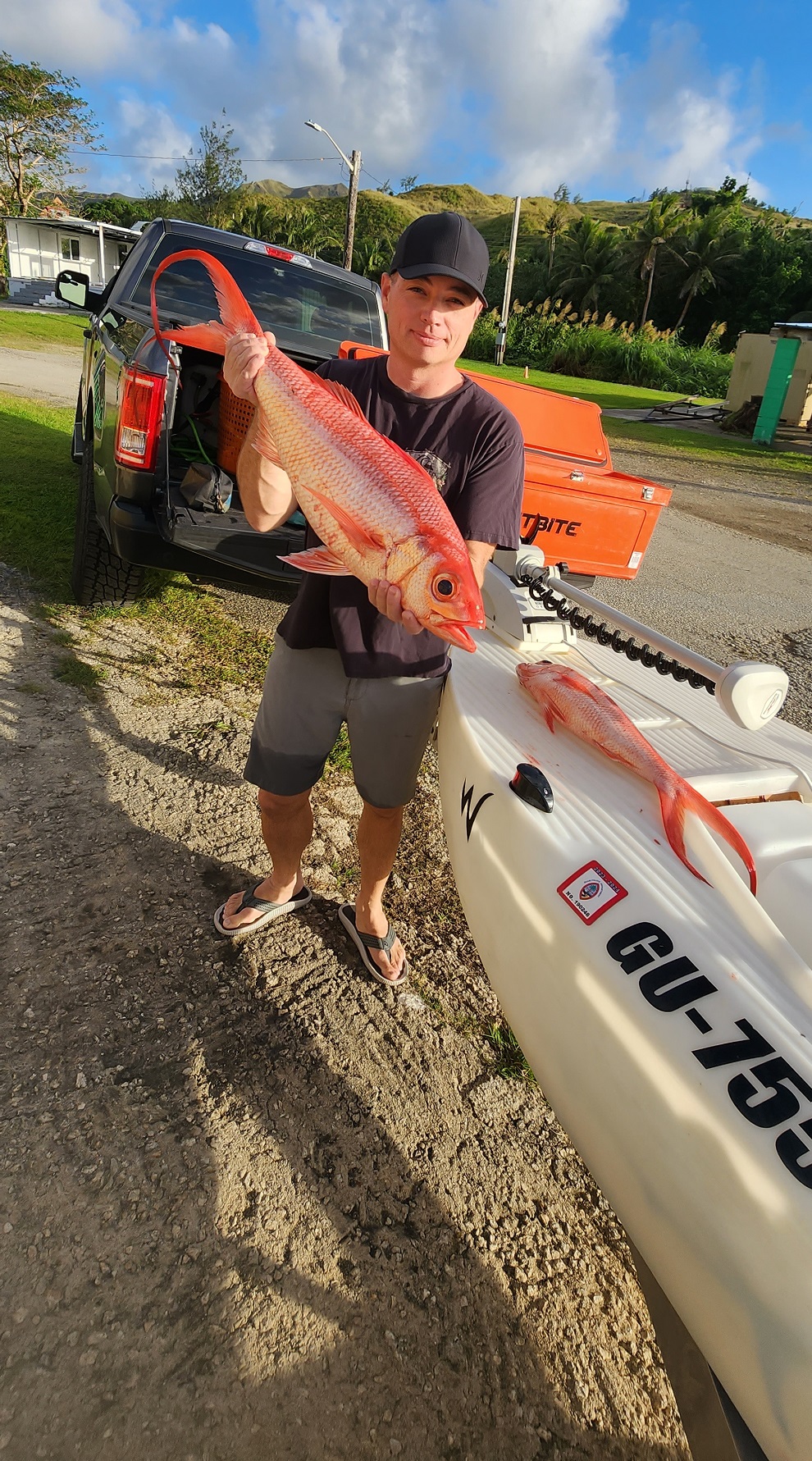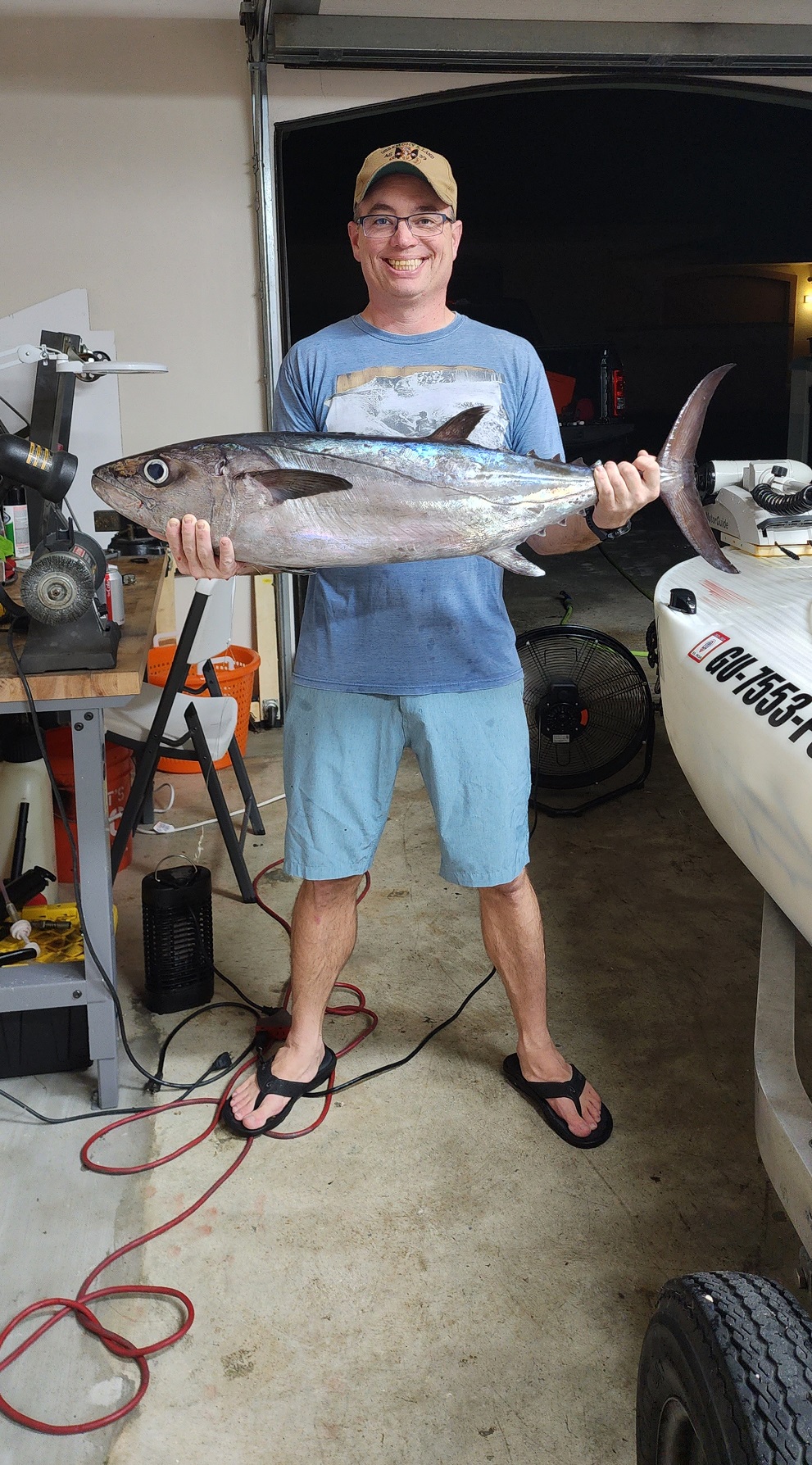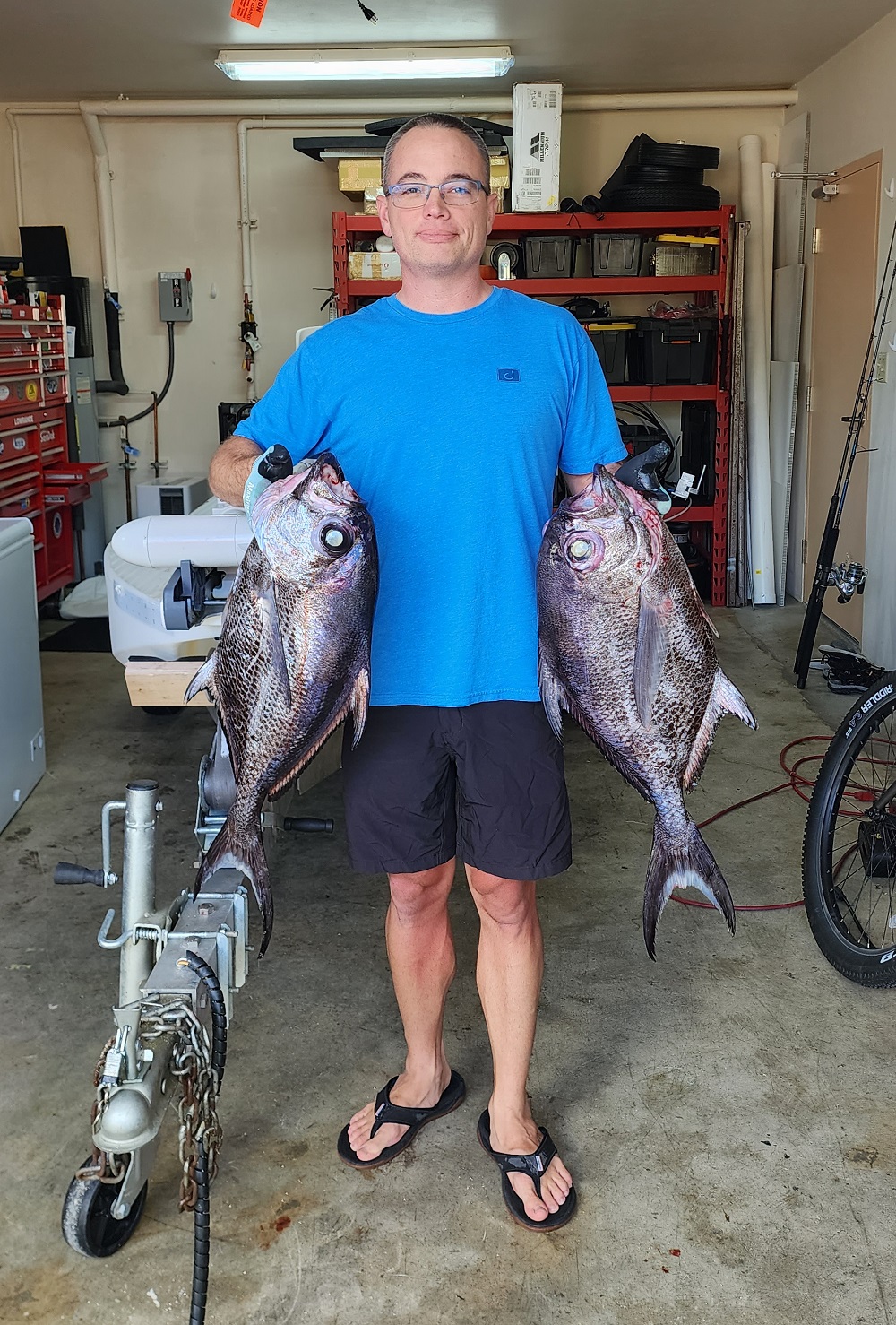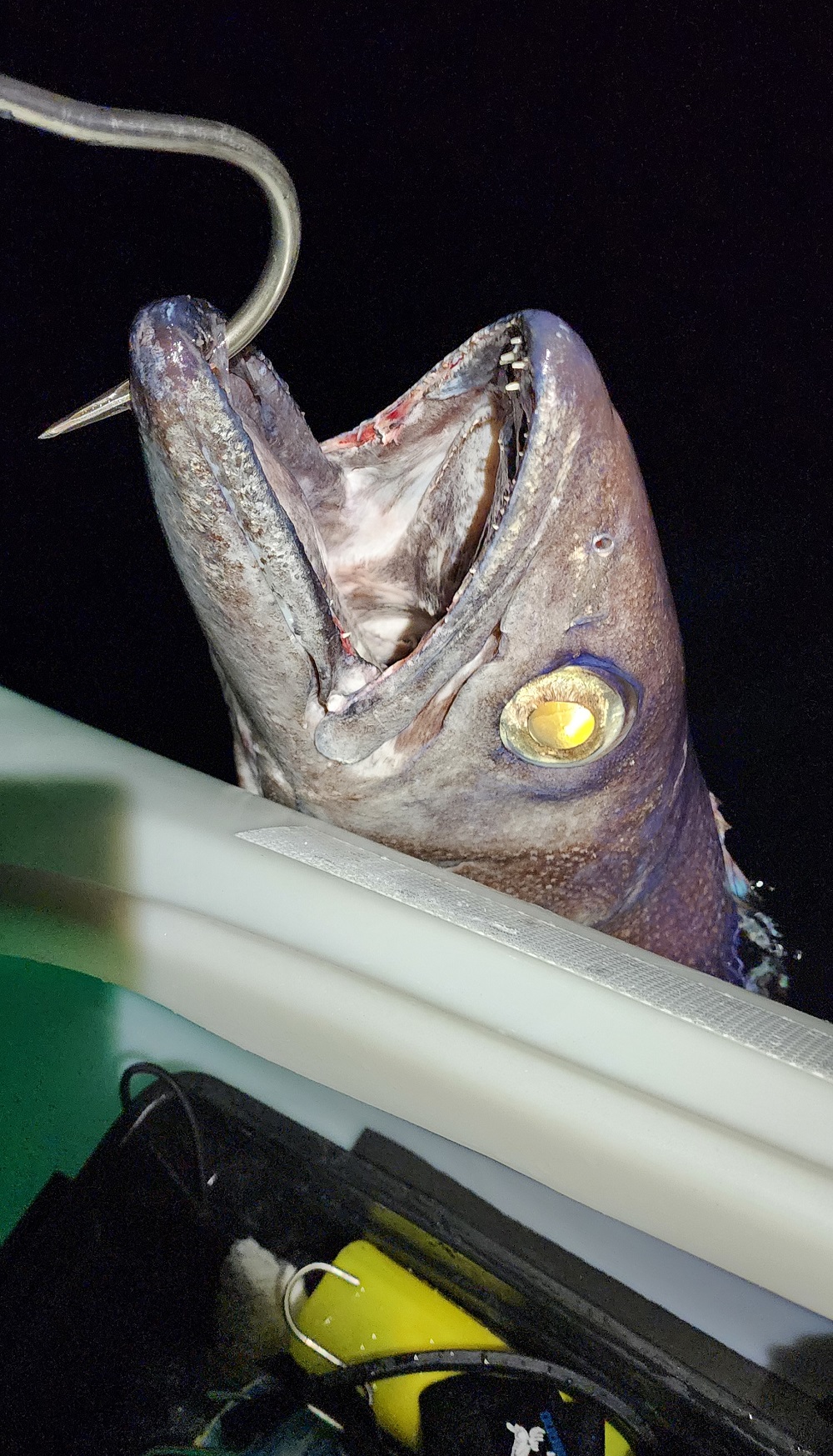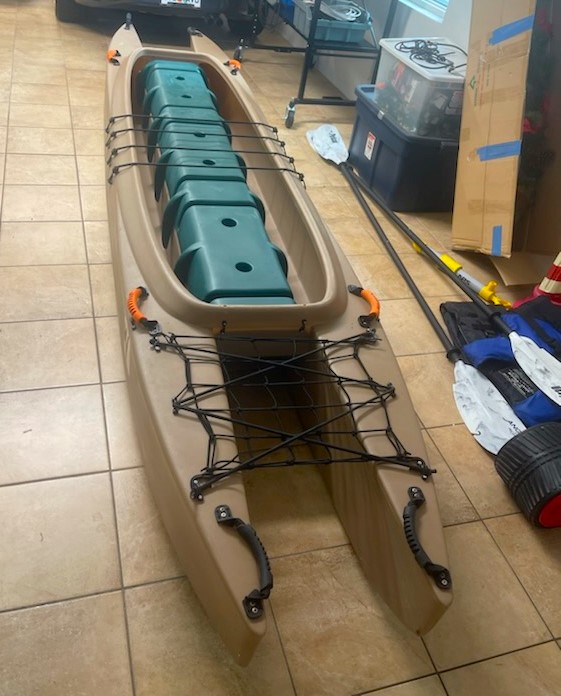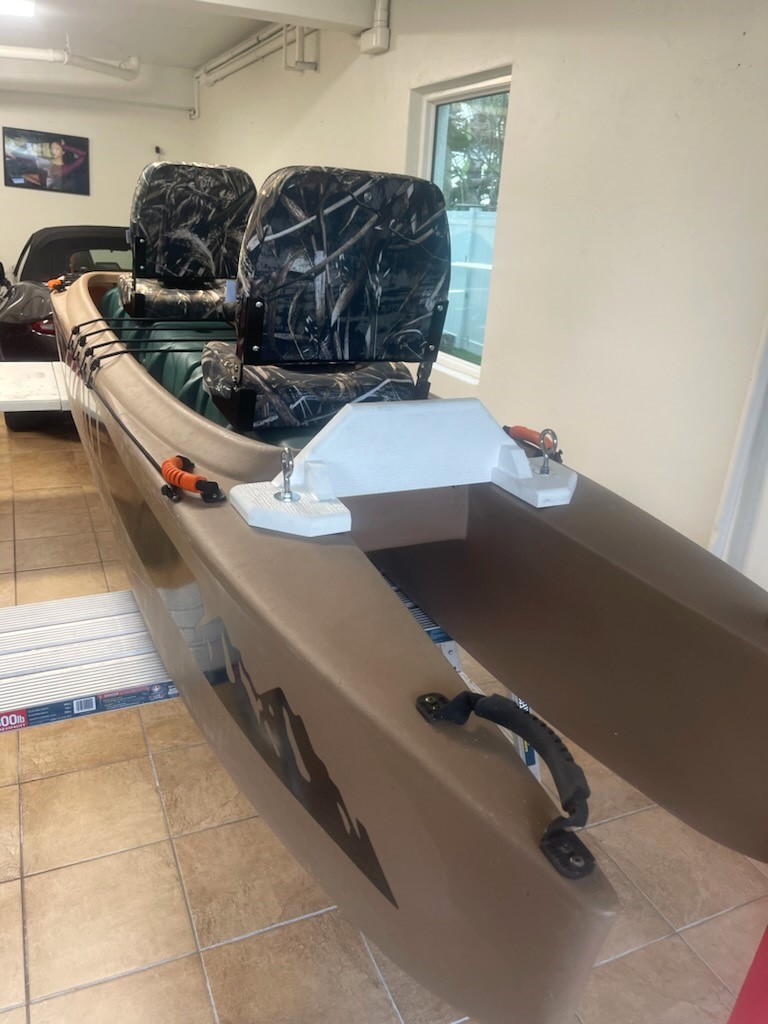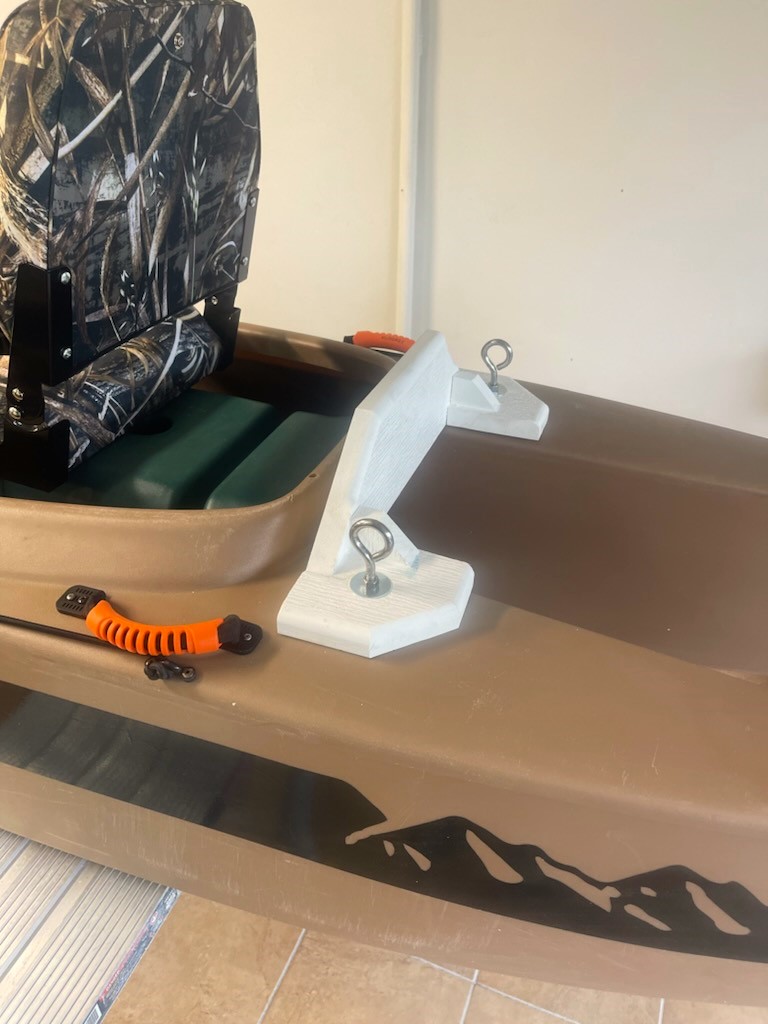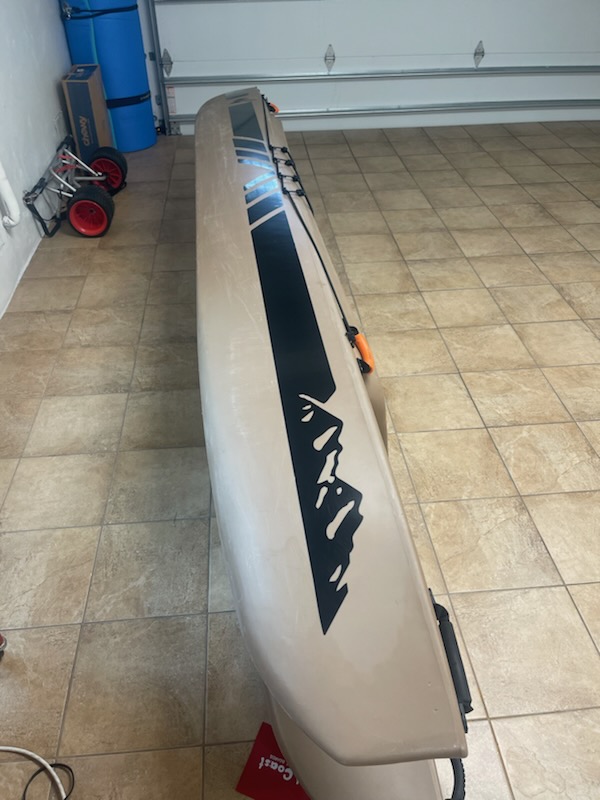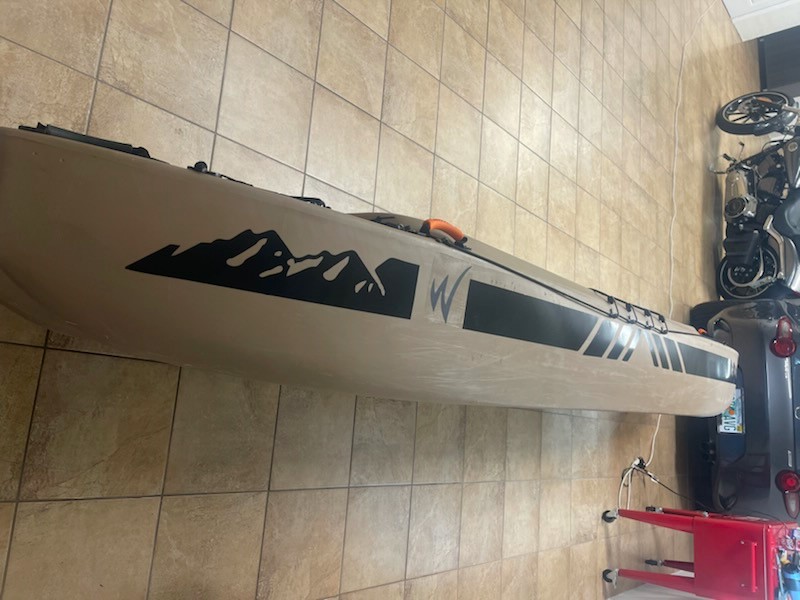The W720 Kayak Skiff is a lightweight twin-hull (true catamaran) that’s 31 inches wide, and weighs 85 lbs. It is extremely stable for its size, and in fact it’s more stable than much bigger and wider kayaks, but still, it is a very small craft, which is why it is rated for motors up to 3 HP (effectively 2.5 HP) and not more.
A W720 outfitted with a bigger, more powerful motor is overpowered, which means that it is illegal in states that forbid overpowering boats, and potentially hazardous to drive everywhere, regardless of laws.
The overpowered W720 kayak skiffs that feature in demo videos are driven by experienced professionals whose job is to test new boat designs, including in special and even extreme conditions.
Many owners like to outfit their boat, and in rare cases this includes outfitting it with a motor that’s too heavy and powerful for it, and does not comply with the boat’s power rating.
There is no effective way to stop people from doing this except recommending that they don’t, but those who feel they must try this should be aware that the standard motor mount that comes with the W720 does not support motors bigger and more powerful than the 3 HP for which this kayak is rated. Therefore, they must build a special motor mount for their overpowering project, and attach it properly to their W720, or reinforce the standard unit that ships with this kayak.
Failing to do so is hazardous and could cause serious accidents and damage to the kayak.
Any reinforcement must include making the mounting plate thicker as well as adding attachment points to the wooden saddle bracket and to the hull, including steel hardware. Special attention must be given to avoid unnecessary perforations in the hull, and to properly seal the ones that are needed for the project.
The picture below shows a reinforced W720 motor mount, for illustration purpose only – This is not a recommendation.
